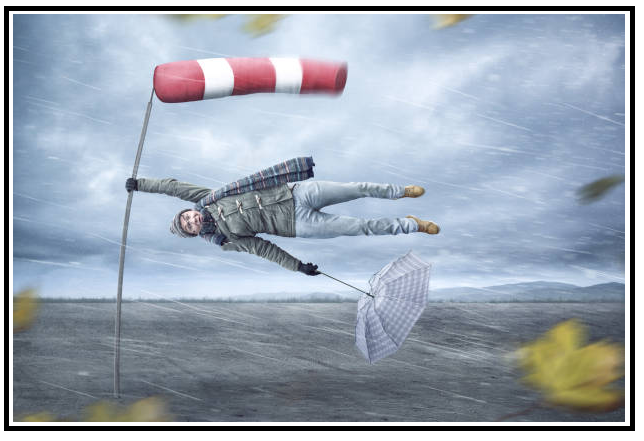Can someone help me with my Avata 2, can someone tell me or write down what i need to know. When the weather is a bit windy, i can’t keep the drone level to take landscape photos! Is there anything that can keep the lens level even when the drone is not level. A little bit help would go along way, does the drone have anything in the settings to help with this matter. Thank you in advance.
You do realize that DJI considers the Avata 2 a camera drone and if the Electronic Image Stabilization cannot give you the igage quality you desire, then perhaps “When the weather is a bit windy” then it’s a bit too windy… ![]()
The electronic stabilization is working fine, it was not to windy, but i couldn’t keep the drone level, the pictures are sharp, but not level, and i know it’s because the drone, but what i’m asking, is there anything in the settings that can help? Like the camera stays level, even though the drone is not level? This is the only drone i can use with one hand, as i have a paralized left arm. I hope you understand me a bit now.
To re-center the gimbal on the DJI Avata 2, you can press the customizable button (C1) on the remote controller by default, or use the gimbal control dial or the onscreen control bar in the DJI Fly app’s camera view. For more permanent alignment, you can perform a gimbal calibration by accessing System Settings > Control > Gimbal Calibration in the DJI Fly app and selecting “Auto”.
Thank you kindly sir, your help is much appreciated indeed.
James Messer
Unlike previous DJI platforms the Avata 2 gimbal does not have a roll axis. I.e., it can’t compensate by rolling opposite when the Avata 2 rolls. That’s why the camera can not take level photos.
The image from the Avata 2 is not always in First-Person View (FPV) mode, even though it is an FPV drone. While FPV is the standard and immersive experience, the camera features multiple stabilization options that affect the final look of your footage.
The Avata 2’s camera stabilization settings include:
![]() RockSteady: The default setting that provides robust electronic image stabilization (EIS). It smoothes out footage for most shots, including dynamic FPV movements.
RockSteady: The default setting that provides robust electronic image stabilization (EIS). It smoothes out footage for most shots, including dynamic FPV movements.
![]() HorizonSteady: This setting locks the drone’s image to the horizontal plane, keeping it level even as the drone tilts, flies up, down, or banks. This produces a more traditionally “stable” or cinematic look, rather than the raw, tilting view typical of FPV.
HorizonSteady: This setting locks the drone’s image to the horizontal plane, keeping it level even as the drone tilts, flies up, down, or banks. This produces a more traditionally “stable” or cinematic look, rather than the raw, tilting view typical of FPV.
![]() Off: Turning off electronic stabilization leaves the footage unstabilized. This is primarily done to allow for more powerful stabilization during post-production using third-party software like Gyroflow. This results in the most raw, FPV-like footage.
Off: Turning off electronic stabilization leaves the footage unstabilized. This is primarily done to allow for more powerful stabilization during post-production using third-party software like Gyroflow. This results in the most raw, FPV-like footage.
The “FPV Mode” you see through the goggles is always a first-person perspective, but the final video recorded by the camera can be either “raw FPV” (stabilization off) or more “cinematic” (using RockSteady or HorizonSteady) depending on the settings you choose.
